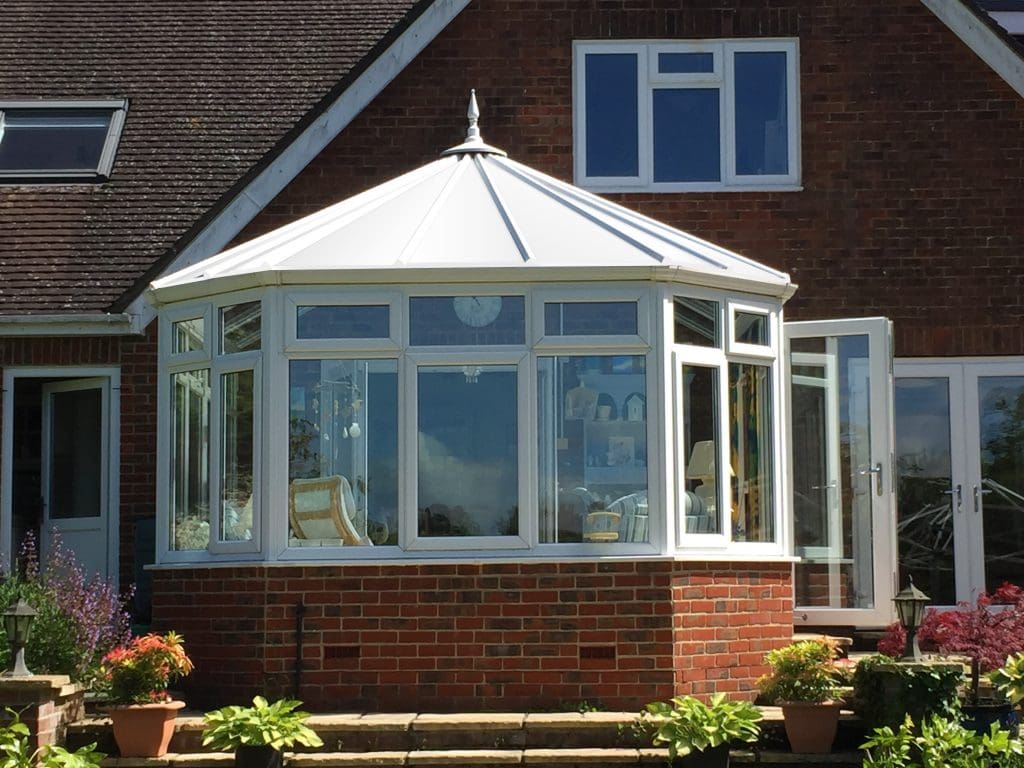Conservatory Insulation Explained: From Blinds to Panels
A conservatory should be a bright and comfortable space to enjoy all year round. However, many homeowners find that their conservatory becomes too hot in summer and too cold in winter. The issue often comes down to one thing: poor insulation.
This guide explains the most common conservatory insulation options, how they work, and why insulated panels are often the most effective long-term solution.
Why insulation matters
Conservatories lose and gain heat more quickly than other parts of the home. Glass and polycarbonate roofs let warmth escape in winter and allow sunlight to build up in summer. Insulation helps control these extremes, improving comfort and reducing energy use.
Option 1: Roof blinds
Blinds are one of the most common attempts to manage temperature and glare. They can make the space feel slightly cooler in summer and help reduce bright light. However, because they sit beneath the roof surface, they do not stop heat escaping or entering through the glazing. Moisture can also build up between the blinds and the roof, leading to condensation.
Blinds can be a useful short-term fix for glare but are not designed to improve insulation.
Option 2: Thermal inserts and foil insulation
Some systems involve placing thin reflective materials beneath the existing roof panels. These inserts can slightly reduce heat transfer but may trap moisture and do little to address the main cause of heat loss. The result is often a small improvement at best, with limited impact on year-round comfort.
Option 3: Solid or tiled roof replacement
Replacing the entire roof with a solid or tiled structure provides strong insulation and a permanent solution. However, this is often the most expensive and disruptive option. It can also change the appearance of the conservatory and may require additional structural support.
Option 4: Insulated roof panels
Insulated roof panels, such as Cosy Panels, replace the existing glass or polycarbonate sheets while keeping the original frame in place. Each panel contains a solid insulated core that reduces heat transfer and stabilises temperature.
When compared to traditional polycarbonate roofs, there is a noticeable reduction in rain noise, creating a calmer and more enjoyable environment. The panels also eliminate glare and condensation while keeping natural light from the side windows.
Because installation involves replacing only the roof sheets, the process is quick and clean. The result is a conservatory that feels comfortable, looks modern, and can be used all year round.
To find out more about replacing or insulating your conservatory roof, complete the form on this page and we will be in touch.
Choosing the right insulation solution
When choosing how to insulate your conservatory, think about both short-term convenience and long-term value. Blinds can improve shade, but they will not solve temperature issues. Inserts may help slightly but are unlikely to make the space comfortable year-round. Solid roofs are effective but costly.
Insulated roof panels sit between these options. They deliver real insulation and comfort without the need for major construction work.
A more usable conservatory
Proper insulation can turn a conservatory from a space used occasionally into a room enjoyed every day. With stable temperatures, reduced glare, and less noise from rain when compared to polycarbonate roofs, it becomes part of the home rather than a separate area.

